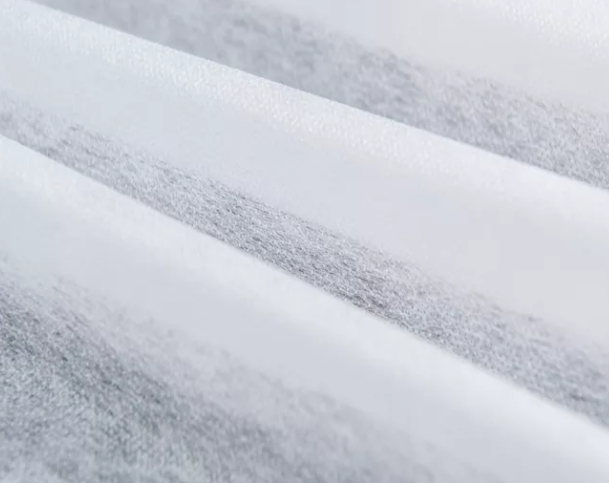What are the precautions for garment interlining?
2023-02-13.
The clothing classification is nothing more than fashion, formal wear and casual wear from the effect of dressing, and the three different classifications represent different images and occasions.
Formal wear is synonymous with rigor and solemnity, so the dosage and workmanship are also more exquisite, and there is a thick and heavy weight in the selection of garment interlining, and the characteristics of large areas highlight the shape of formal wear;
Casual wear is synonymous with relaxed and casual, with "casual" as the main style, more comfortable materials, the choice of garment interlining is relatively small, and some casual wear almost does not use interlining.
Fashion can basically be understood as between the two, not only to meet the needs of the market trend but also not lose the crispness of formal wear, the use of garment interlining is often used in a small area of the required part to achieve the role of structure, shape.

Garment interlining ironing characteristics: under normal circumstances, the use of non-woven lining is much simpler than that of spun lining, non-woven lining basically does not need to be sorted, and the appearance of spunning lining is more complicated, such as yarn bending, it needs to be corrected by diagonal pulling; If the cloth is wrinkled, it is also necessary to use steam jet to flatten, and it cannot be ironed directly.
Cutting characteristics of garment interlining: The cutting process of garment interlining is still exquisite, because the side of the interlining is glued, so the glued side should be folded inside to facilitate cutting; Small pieces of interlining can be cut directly, and large-area cutting should first make the interlining paper pattern, and then cut according to the paper pattern.
Garment interlining bonding characteristics and attention: interlining bonding needs to pay attention to the changes in the feel, elasticity, hardness and other aspects of the cloth, check whether it meets the requirements of use; Check whether the thickness of the interlining matches the fabric; Check whether the color changes after the interlining fabric and the fabric are bonded, and whether the hot melt adhesive penetrates; Check that the shrinkage of the interlining fabric and the fabric is consistent, and check whether there is blistering, bending and warping after bonding; Check whether the pressing time, temperature and pressure are met.